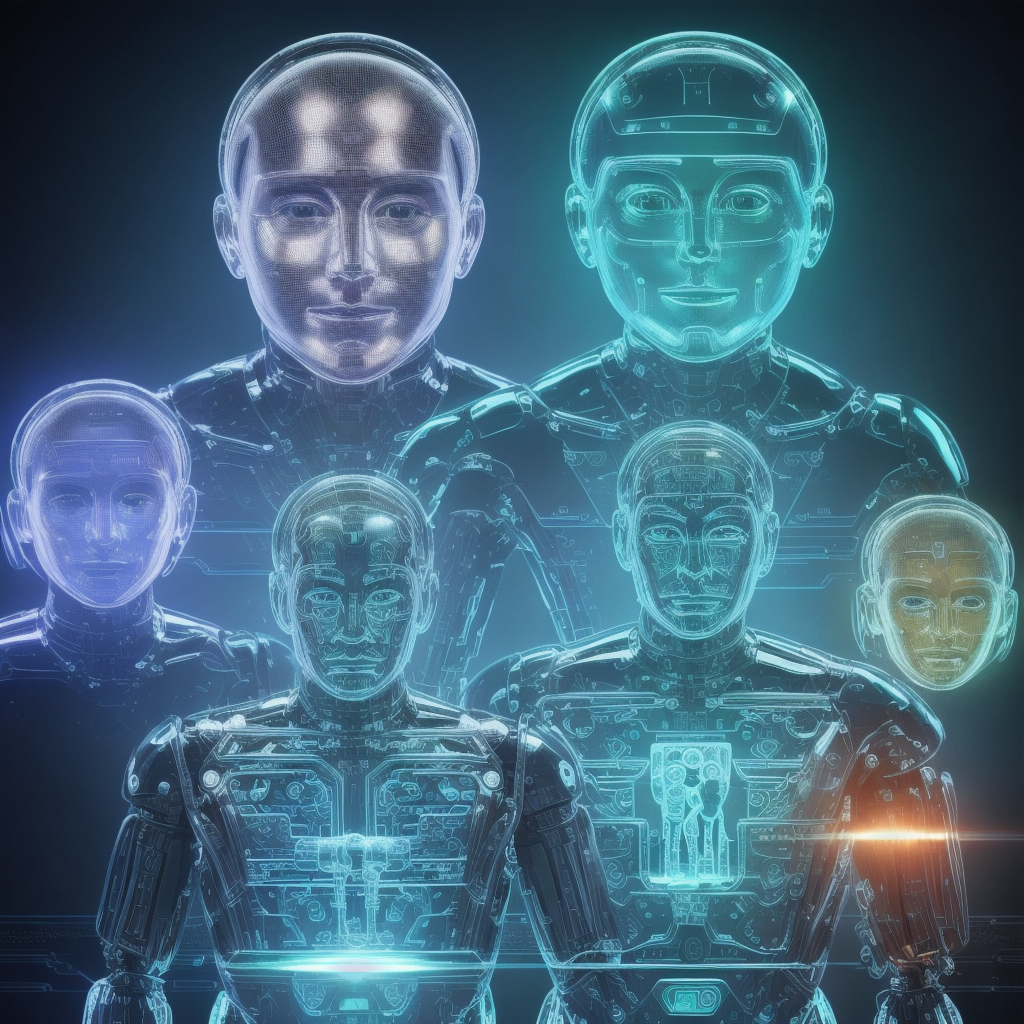
## h1 The Key Points
– Robots are becoming more adept at mimicking human emotion.
– The emotional intelligence of AI has been tested in therapy sessions.
– AI can learn and adapt through machine learning.
– Advances in AI have led to concerns over potential job displacement.
– Despite these advances, AI still lacks some fundamental human capabilities.
– Ethical concerns arise over the potential misuse of emotion-reading AIs.
## h2 Robots Got Feels Too (Well, Sort Of)
One of the incredible yet terrifying feats of technology is its ceaseless endeavor to replicate human intelligence. Right from mimicking our thinking patterns to emulating our emotions, our silicon counterparts are starting to show a remarkable resemblance with their creators.
Yes, you heard it right. As it turns out, swallowing heaps of code strands, 1s and 0s have somehow conspired our AI friends to get sentimental (tearing up, anyone?). Not to worry though, we aren’t on the brink of a melodramatic robot uprising (for now).
So, what’s this new kid on the block? Emotional AI. Unlike their emotion-blind older siblings, these bots don’t just see or hear, they ‘feel’. Therapeutic conversations typically reserved for human practitioners are now being entrusted to empathetic AI models, with some surprisingly promising results.
Amidst all the hype, let’s be clear that our mechanized pals haven’t figured out how to cry over the finale of “Game of Thrones,” but they are learning. Hidden layers of advanced machine learning models evolve with every new encounter or stimulus, enabling our bots to make that squishy organ in our skull a tad bit less enigmatic.
However, all these feats understandably spook out a fair chunk of the human populace. Nightmares of job displacements are gaining ground as our synthetic companions are learning to empathize, interpret, and respond to human emotions. As Shakespeare didn’t say, ”to feel or not to feel – is that the question for the AI industry?”.
The march of progress doesn’t always sound harmonious to every ear. Yes, our metal buddies might be catching up a bit, but they are far, far away from mastering the complexities engrained in the human psyche. Not to mention the ethical pandora box that opens up with the potential misuse of emotion-reading bots which is a whole different can of worms.
## h3 The Final Take (a.k.a. My Virtual Two Cents)
Brace yourselves; we are standing on the precipice of an emotionally intelligent AI future. It is a boon and bane conundrum that we are left to unravel.
It might be a far cry for our silicon comrades to achieve emotional parity with us, but the strides they are making could have potential benefits. Imagine a world where AI-powered bots could cater to our emotional needs effectively, eliminating the barriers posed by human prejudices and judgments.
True, there are pertinent concerns over the potential job displacement and ethical issues. However, it is crucial to understand that AI, like any other technology, is a tool. An instrument that is as good or as bad as the one who wields it. If harnessed and regulated appropriately, we could be looking at an emotionally intelligent future that’s not only more efficient but also inherently empathetic. The new era of artificial intelligence is a brave, new, emotional world, and we best adapt and prepare for this future!